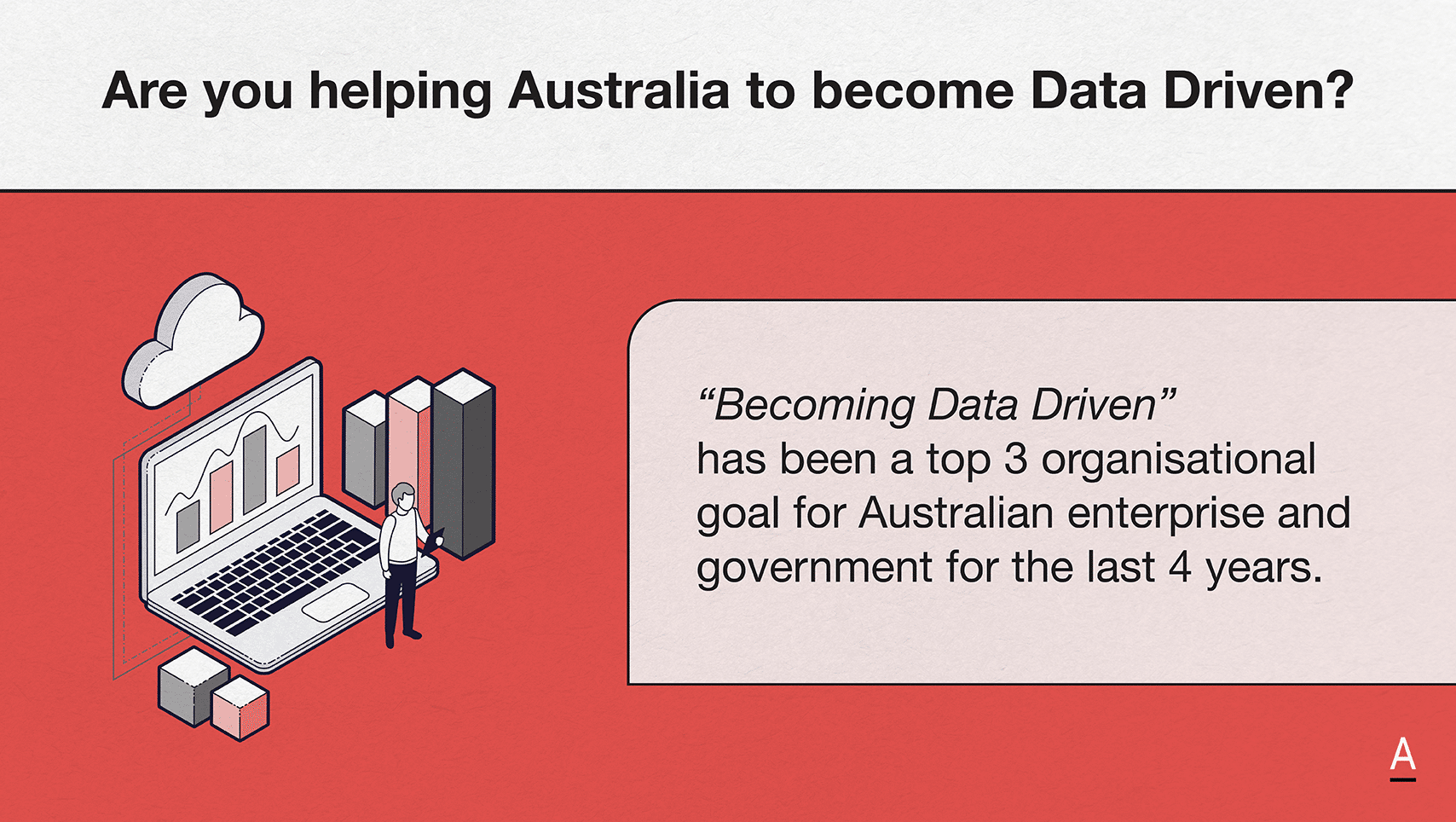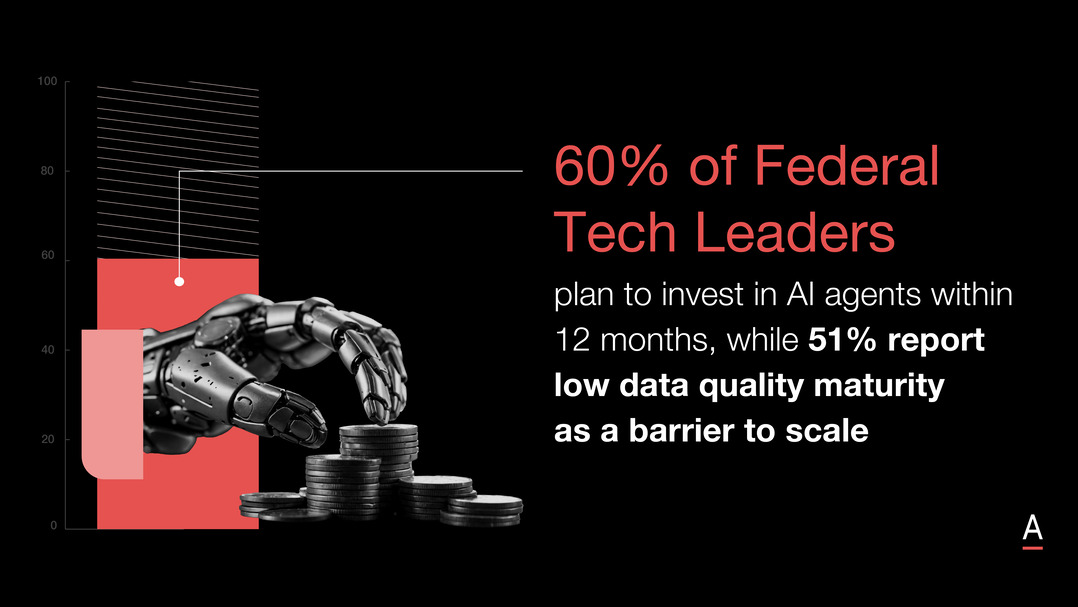You don’t need more AI, you need teams that think in AI
AI delivers when teams embed it into how they plan, decide, and act. Progress comes from fluency, fast execution, and outcome-driven thinking.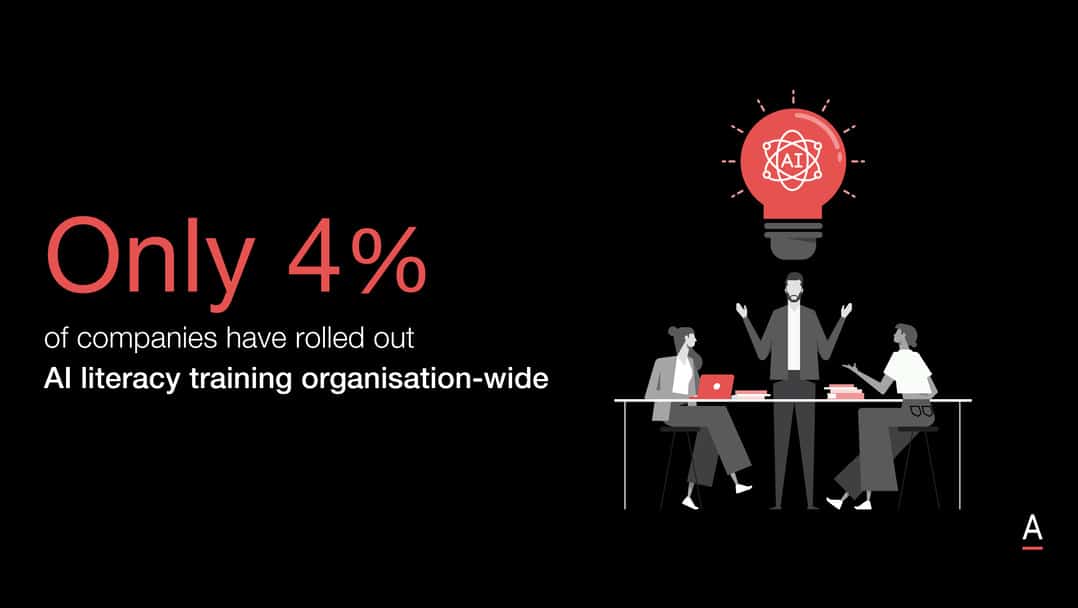
AI delivers when teams embed it into how they plan, decide, and act. Progress comes from fluency, fast execution, and outcome-driven thinking.
Australian enterprises continue to invest in AI tools, models, and infrastructure.
Deployment rates have increased. Access to advanced capabilities is widespread.
Outcomes remain inconsistent.
Some organisations scale fast, deliver results, and create momentum.
Others deploy systems without impact. The difference comes down to thinking.
Teams that treat AI as part of how they work, rather than what they use, move faster and build value with less friction.
Execution depends on mindset. Teams drive transformation, not platforms.
Digital transformation rewards speed over scale
Success depends on how quickly teams act, test, and apply.
Fast-moving organisations reduce cycle times, remove bottlenecks, and apply AI to high-impact use cases.
Stephen Hardy, Partner at Bain & Company, described how leading firms compress marketing timelines from eight weeks and 20 handoffs to one day.
Generative agents automate campaign design, personalise content, push assets through the stack, and measure results in real time.
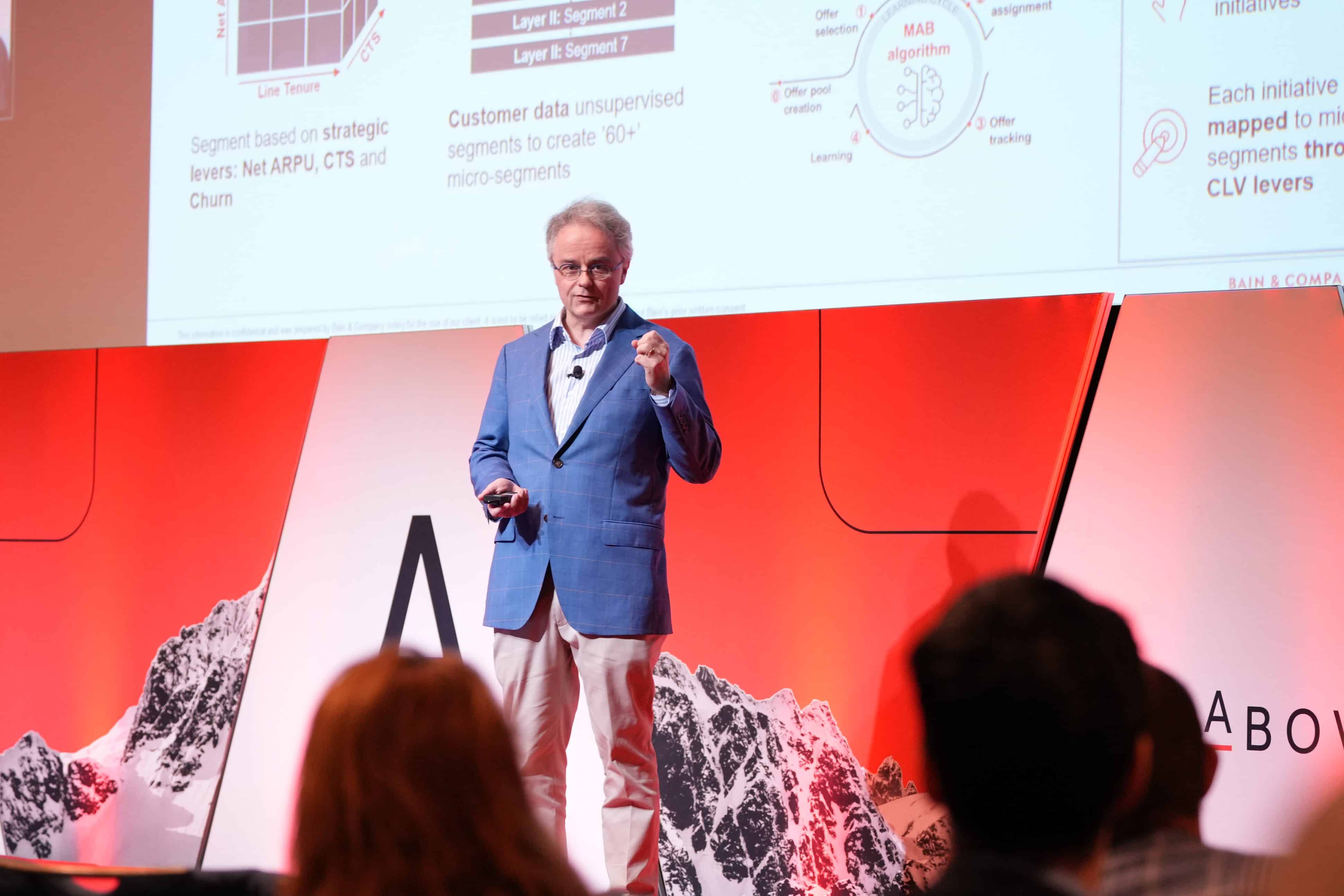
One implementation doubled marketing performance by removing manual friction across targeting, creation, and deployment.
Stephen also defined the AI shift as a move from predictive to generative to agentic systems.
Each stage compounds speed when embedded inside workflows, not added on top.
Organisations that build execution around AI deliver faster, smarter, and with fewer bottlenecks.
Dawid Naude, Founder and CEO at Pathfindr, shared three fast-execution AI use cases.
A voice agent at Honey Insurance now handles support triage and routing.
A prototype for Qantas used frequent flyer data to build and book entire trips.
In agritech, computer vision tracked olive yields and produced personalised video ads within hours.
These deployments moved from idea to outcome in days.
Dawid calls this “AI-for-now”, a bias toward working solutions that deliver value fast.
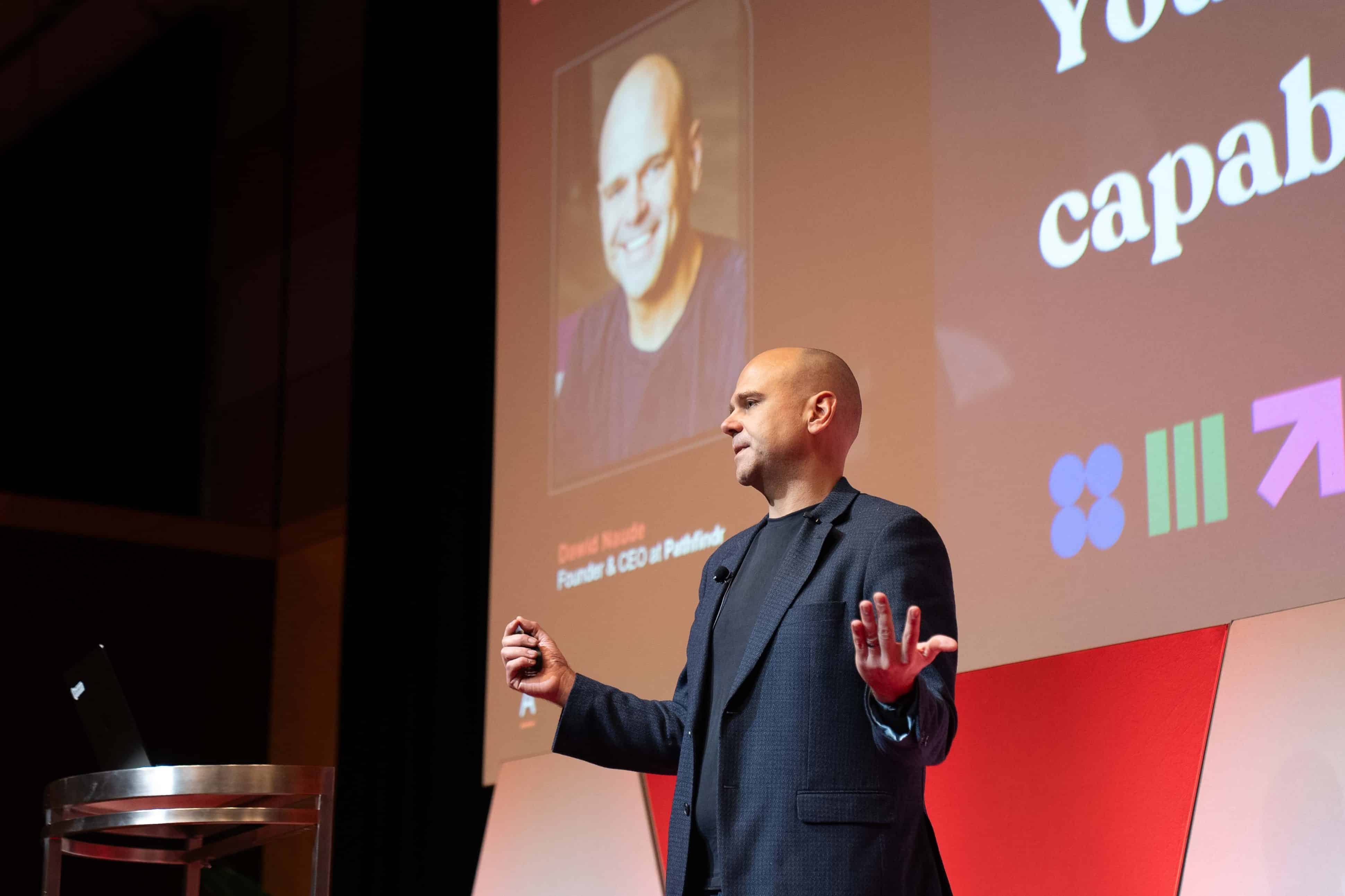
He challenged digital leaders to skip the six-month strategy deck and launch something real this week.
Speed scales when AI solves real problems with immediate value.
Gabby Fredkin, Head of Analytics and Insights at ADAPT, reported that 67% of organisations already use AI on the frontline, while only 4% have achieved scaled fluency.
That gap introduces friction across execution.
Frontline deployment moves fast. Internal capability lags.
This imbalance forces digital leaders to shift focus.
Instead of expanding use cases, they must build the fluency required to sustain delivery.
This pressure to meet rising expectations is not limited to internal team, which extends to how customers experience value.
David Avrin, President at The Customer Experience Advantage, said customers expect ease and immediacy.
Delays damage perception. Responsiveness, not quality, now shapes reputation. Every hour of latency affects brand trust.
In a market shaped by instant access, the first to respond earns the right to stay relevant.

Trust depends on embedded governance
Governance creates scale when it is embedded inside how teams work.
Reactive controls slow progress. Design-led compliance enables it.
Katrina Read, Director of Transformation, APJ at ServiceNow, described how workflow automation and AI-driven prompts guide users through compliant actions.
Control becomes part of the process.
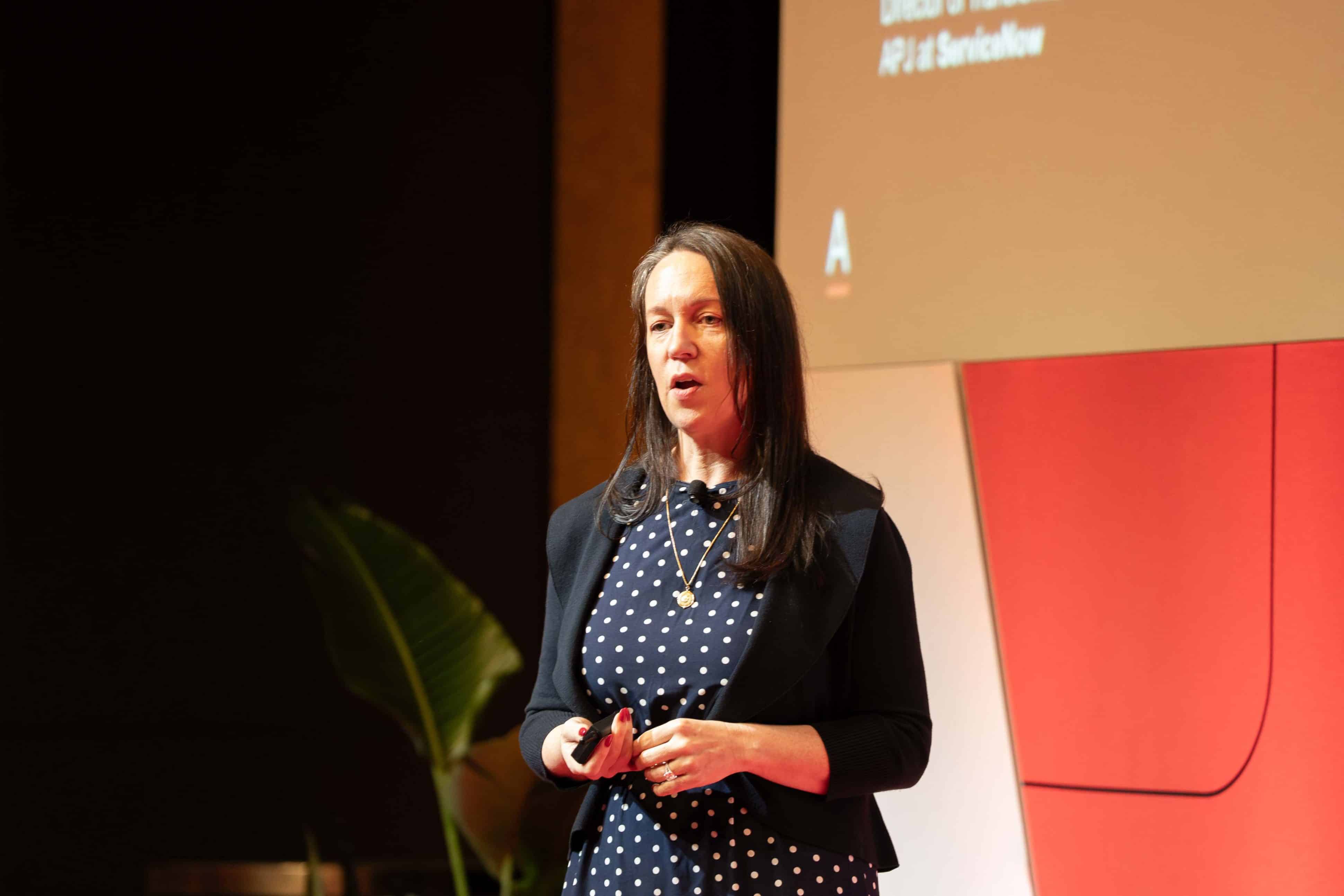
She explained that guardrails now surface risks before action. Prompts trigger in real time, inside the task.
This structure reduces error, removes bottlenecks, and lets teams move with certainty.
Tom Gao, Chief Technology and Digital Services Officer at City of Sydney, applies the same principle to public services.
His teams build compliance into delivery from the beginning.

He shared how service designers visualise future-state experiences before involving internal departments.
This avoids inherited complexity and accelerates alignment.
Governance works faster when it starts at the design table.
Gabby Fredkin also reported that 48% of digital leaders lack confidence in their data quality and lineage.
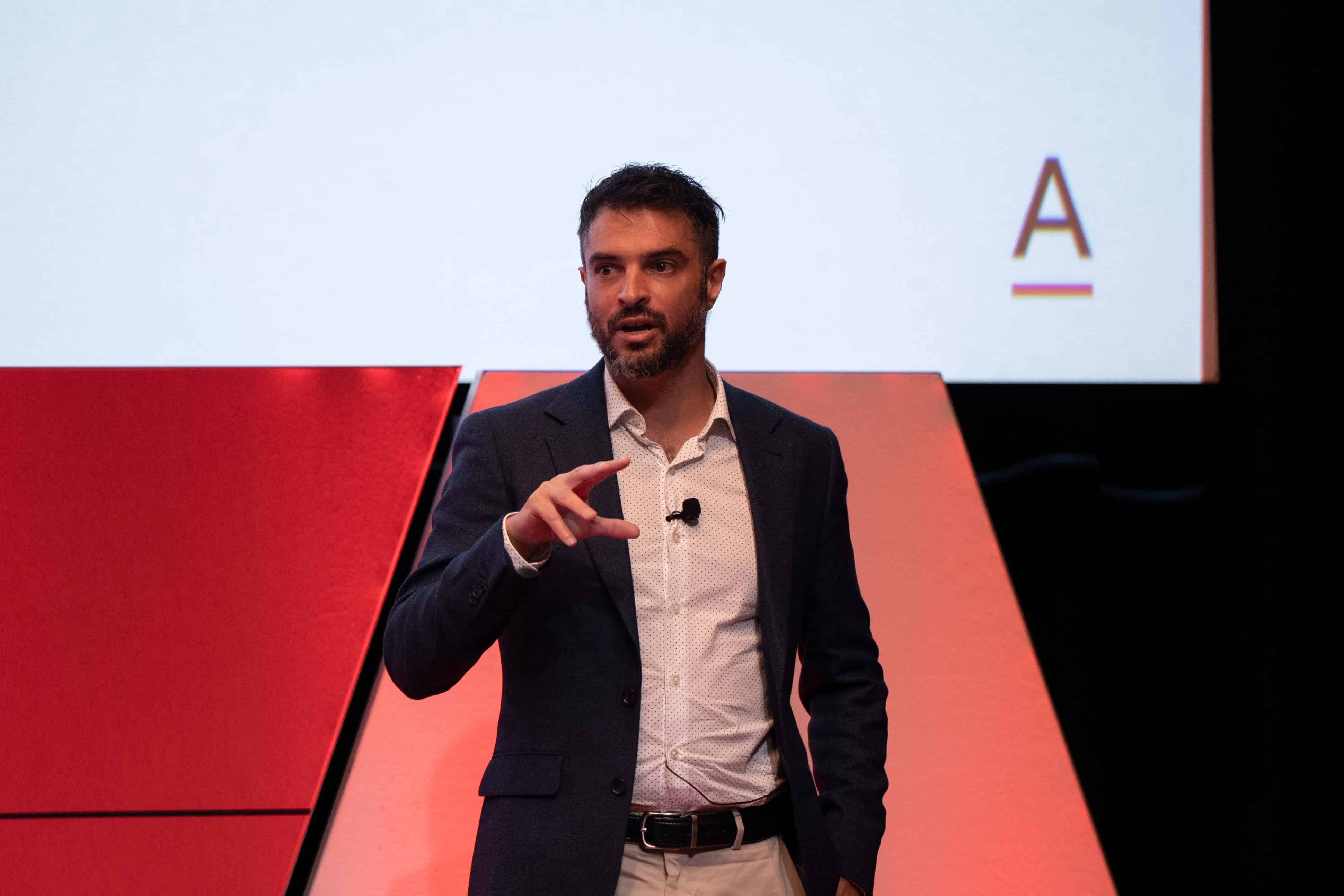
He added that only 14% have formal governance in place.
76% of CISOs say their organisations are unprepared to use AI safely.
When data foundations fail, systems stall. Trust depends on structure, not inspection.
Christina Igasto, Chief Digital Officer at ServiceNSW, explained that execution improves when decision rights sit inside teams and systems guide action.
Her teams use natural language agents to navigate more than 70 agency policies.
These tools return verified answers and reduce mistakes.
With clear systems in place, teams deliver faster, with less risk.
Capability grows through culture, not software
Adoption scales when teams think in AI. Transformation depends on fluency, experimentation, and outcome ownership.
These traits grow through culture, leadership, and consistent practice.
Professor Marek Kowalkiewicz, Chair in Digital Economy at QUT Business School, advised leaders to embed AI as a design principle across workstreams.
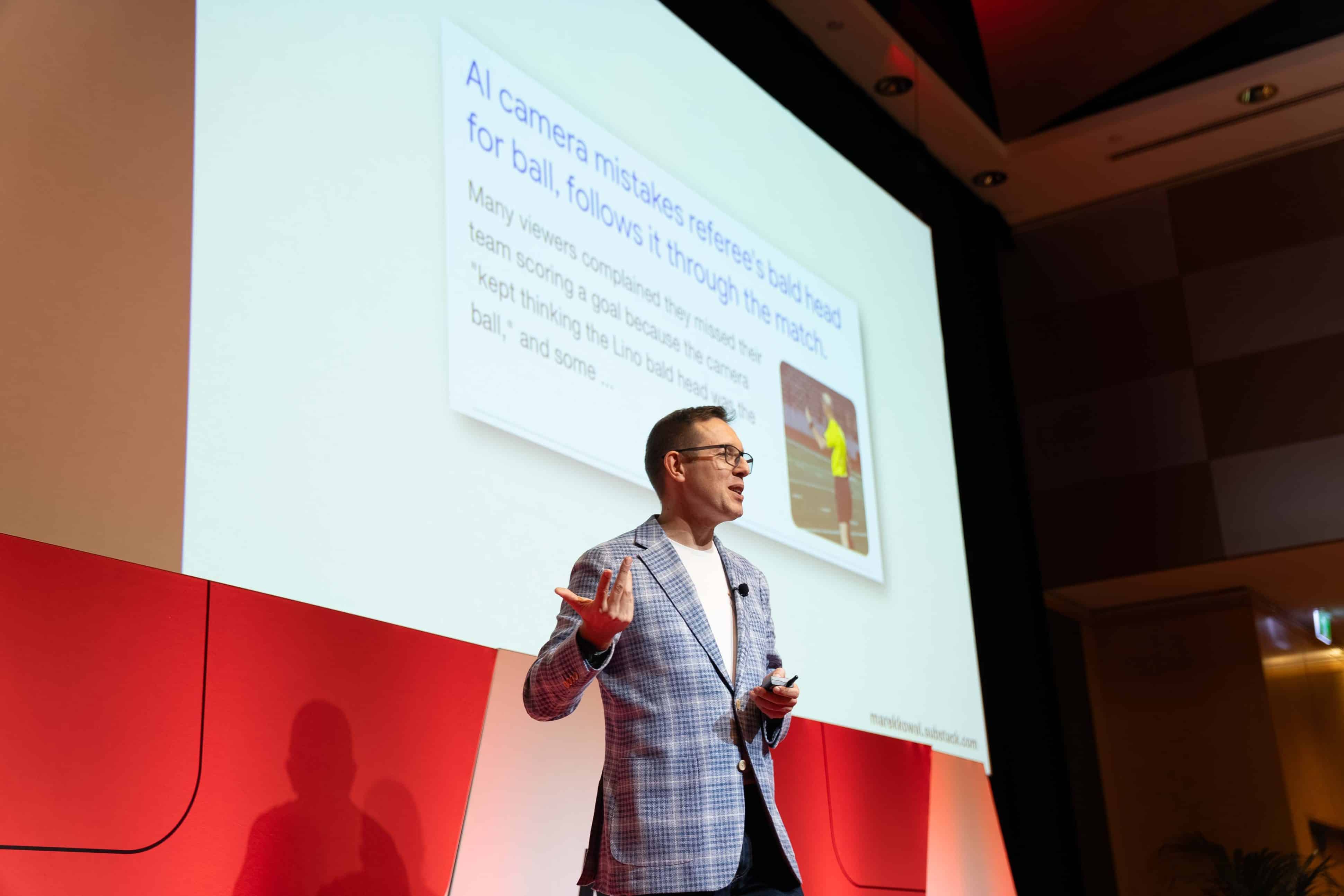
Teams succeed when they build new habits, reframe risk, and apply AI through domain-specific processes.
He described cultural fluency as essential infrastructure, created through continuous interaction with systems that behave unpredictably.
Transformation begins when teams expect AI to shape how work gets done.
Lucius Botha, GM of Digital Transformation at SKOPE Industries, shared how teams applied AI across logistics, service delivery, and planning.

By automating order intake through document AI, they removed bottlenecks and lifted fulfilment speed.
Adoption grew when teams began viewing AI as a tool for creating value. Shifting thinking created traction before any new platform arrived.
Meanwhile, Christina Igasto said fluency comes through practical training focused on customer empathy, ethical reasoning, and risk awareness.

Her teams use co-design and fast delivery cycles to build trust.
Each release builds confidence and makes the next step easier to deliver.
To add, Katrina Read pointed to the impact of business-side champions.
These individuals understand team priorities and translate AI into real outcomes.
Their presence reduces hesitation and accelerates local adoption.
Technical credentials matter less than credibility and alignment with daily work.
Finally, Gabby Fredkin, Head of Analytics and Insights at ADAPT, said limited fluency slows progress more than tooling.
Systems are live. Access is in place. Capability lags when exposure remains shallow.
He explained that fluency improves through embedded usage and real-world ownership. Consistency drives impact.
Australian organisations succeed when AI thinking becomes operational thinking
High-performing teams apply AI thinking across planning, decision-making, and delivery.
They connect tools with outcomes, embed governance into workflows, and build fluency through consistent practice.
Progress scales through habit, precision, and clear ownership.
Leaders set the pace by turning AI into a core discipline across every layer of execution.




